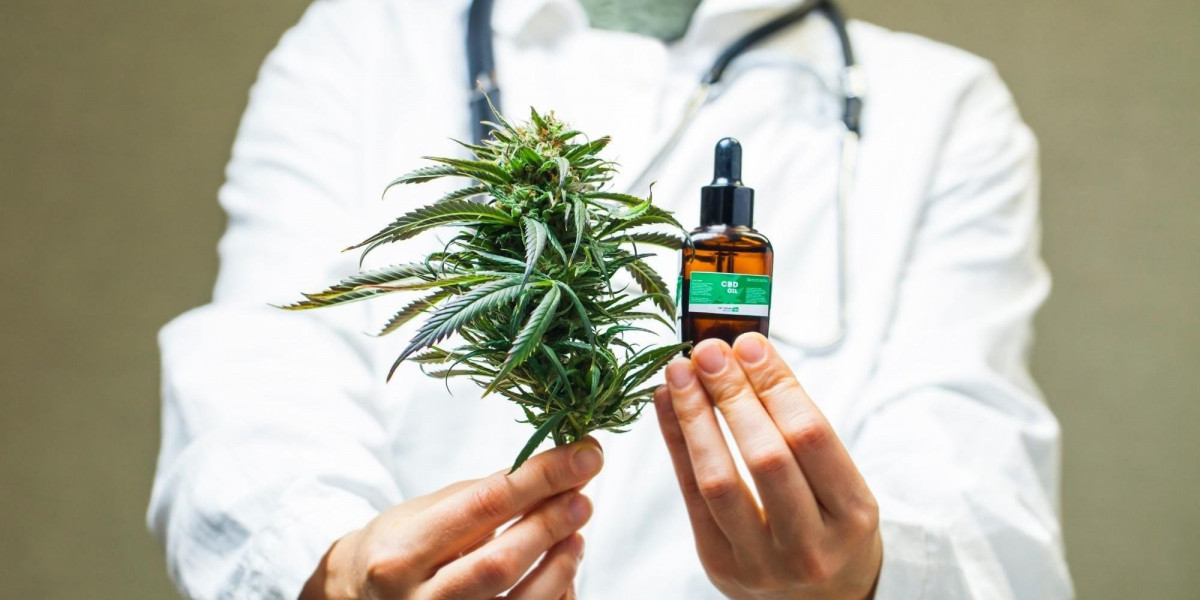The global biodegradable packaging market is rapidly gaining momentum as sustainability becomes a critical concern across industries. Driven by growing environmental awareness, government regulations, and corporate sustainability goals, the market is undergoing significant transformations that are reshaping packaging strategies across the food, beverage, pharmaceutical, personal care, and e-commerce sectors.
Biodegradable packaging refers to materials that decompose naturally through the action of microorganisms, leaving minimal or no environmental impact. These materials typically include paper, cardboard, bioplastics (such as PLA, PHA), and plant-based polymers derived from renewable sources like cornstarch, sugarcane, and cellulose.
As of 2024, the biodegradable packaging market is estimated to be valued at over USD 90 billion and is projected to grow at a compound annual growth rate (CAGR) of more than 6.5% through 2030. This growth is being fueled by several converging trends:
Environmental Regulations and Policies
Governments worldwide are implementing strict regulations to reduce plastic waste and encourage sustainable alternatives. The European Union’s Single-Use Plastics Directive, bans on plastic bags in multiple U.S. states, and China's aggressive plastic reduction policies are all driving demand for biodegradable solutions. These policies are compelling manufacturers and retailers to explore eco-friendly alternatives, further accelerating the market shift.Consumer Demand and Sustainability Trends
Millennials and Gen Z consumers are highly environmentally conscious and willing to pay a premium for sustainable products. This has influenced global brands such as Nestlé, Unilever, and Coca-Cola to commit to sustainable packaging goals. Many companies are targeting 100% recyclable, reusable, or compostable packaging by 2025 or 2030, reinforcing demand for biodegradable materials.Innovations in Biodegradable Materials
Technology and material science are playing a crucial role in the market's expansion. Companies are innovating with advanced biodegradable polymers that can rival traditional plastic in durability and performance. Materials such as seaweed-based films, mushroom packaging, and nanocellulose are emerging as cutting-edge solutions. Moreover, the development of home-compostable packaging options is increasing end-user convenience and appeal.Industrial Applications and Diversification
While the food and beverage industry remains the largest consumer of biodegradable packaging, applications are rapidly expanding. The pharmaceutical sector is adopting biodegradable blister packs and pill containers. E-commerce companies are transitioning to biodegradable mailers and fillers to reduce their carbon footprint. The cosmetics and personal care industry is also seeing a rise in compostable packaging options like tubes, jars, and sachets.Regional Market Insights
Europe currently leads the biodegradable packaging market due to early policy adoption and strong consumer awareness. North America follows closely, driven by state-level legislation and increasing corporate ESG (Environmental, Social, and Governance) commitments. Asia-Pacific is emerging as a lucrative region, with countries like India and China taking strides in green manufacturing and packaging alternatives, although infrastructure for waste management remains a challenge.Market Challenges and Limitations
Despite its rapid growth, the market faces several hurdles. Cost remains a significant barrier; biodegradable packaging can be 20–50% more expensive than conventional plastics. Performance limitations, such as shorter shelf life and sensitivity to moisture, restrict use in some sectors. Additionally, lack of composting infrastructure in many regions reduces the effectiveness of biodegradable solutions, as materials often end up in landfills where decomposition is much slower.Competitive Landscape
The biodegradable packaging market is highly fragmented but competitive. Key players include Amcor Ltd., Tetra Pak, BASF SE, NatureWorks LLC, and Mondi Group. These companies are investing in research and development, partnerships, and sustainable manufacturing practices. Startups and innovators are also entering the space with niche solutions, intensifying competition and pushing technological boundaries.Future Outlook
The biodegradable packaging market is poised for robust growth as regulations tighten, public awareness increases, and technological innovations continue. Companies that align with circular economy principles and invest in scalable, cost-effective biodegradable solutions are likely to gain a competitive advantage. Future trends will likely focus on improving biodegradability in diverse conditions, reducing costs, and developing closed-loop recycling systems.
As sustainability becomes non-negotiable, biodegradable packaging is no longer a niche solution—it is a strategic imperative. Businesses that act now stand to benefit not only from regulatory compliance but also from enhanced brand reputation and long-term customer loyalty.







